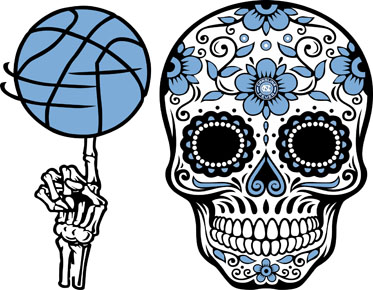Green Vector Graphics: Environmental Awareness in Design
In today's world, where environmental consciousness is more crucial than ever, the design industry is embracing sustainability as a core principle. One of the key approaches in eco-friendly design is the use of "Green Vector Graphics." This design method focuses on creating environmentally conscious vector art that not only looks appealing but also minimizes its impact on the planet. In this blog post, we'll explore the concept of Green Vector Graphics, its benefits, and how it aligns with environmental awareness in design.
Understanding Green Vector Graphics
Green Vector Graphics is an approach to vector art design that prioritizes environmental sustainability throughout the design process. It encompasses the following principles:
- Minimal Resource Usage: Green Vector Graphics emphasizes the efficient
use of resources, including minimizing ink and material consumption during
printing or digital display.
- Eco-Friendly Inks: The use
of eco-friendly inks that have a lower environmental impact and can be
easily recycled or disposed of safely.
- Sustainable Materials: A
focus on using sustainable and recycled materials for physical print
applications.
- Reduced Carbon Footprint: Strategies that reduce the carbon footprint, such as designing files with smaller sizes and dimensions, which lead to faster loading times and less energy consumption.
Benefits of Green Vector Graphics
Embracing Green Vector Graphics can lead to numerous benefits for both designers and the environment:
- Reduced Environmental Impact: Green Vector Graphics minimize the
negative impact on the environment, including lower carbon emissions,
reduced waste, and less resource consumption.
- Cost Savings: The efficient
use of resources and eco-friendly inks can result in cost savings for
designers and businesses, aligning sustainability with economic
efficiency.
- Enhanced Brand Image:
Brands that adopt Green Vector Graphics can
communicate their commitment to environmental responsibility, enhancing
their brand image and appealing to eco-conscious consumers.
- Versatility: Green Vector Graphics can be applied across a
wide range of design projects, from logos and branding to packaging and
promotional materials.
- Regulatory Compliance: Adhering to eco-friendly design practices can help businesses comply with environmental regulations and standards.
Environmental Awareness in Design
Environmental awareness in design is about recognizing the impact of design decisions on the environment and making conscious choices to minimize harm. It includes the following aspects:
- Sustainable Sourcing: Using
materials that are sourced sustainably, whether it's paper, textiles, or
other design elements.
- Recyclability: Considering
the recyclability of design elements and materials, making it easier for
consumers to dispose of them in an eco-friendly manner.
- Energy Efficiency: Reducing
energy consumption during the design and production processes, whether for
physical printing or digital display.
- Minimal Waste: Designing
with minimal waste in mind, can reduce costs and environmental impact.
- Biodegradability: Exploring materials and inks that are biodegradable, ensuring they break down naturally without harming the environment.
Creating Green Vector Graphics
Designers can adopt the following practices to create Green Vector Graphics:
- Eco-Friendly
Inks: Opt for
eco-friendly inks with lower environmental impacts. These inks are often
made from renewable resources and are designed to be easily recyclable.
- Efficient
Design: Create vector art that is efficient in terms of file size and dimensions.
Smaller files are not only faster to load but also consume less energy
during digital display.
- Sustainable
Materials: Choose
sustainable materials for physical print applications, such as recycled
paper or textiles.
- Reduced
Ink Usage: Design vector graphics that require minimal ink usage, which can lower
printing costs and environmental impact.
- Minimalist Design: Embrace minimalist design principles, which often result in cleaner and simpler vector art that is visually appealing and eco-friendly.
Conclusion
Green Vector Graphics are at the forefront of environmentally conscious design. They offer a
sustainable approach that benefits both designers and the environment. By
embracing principles that reduce environmental impact, use eco-friendly
materials and inks, and prioritize efficient design, designers can create
vector graphics that not only look stunning but also align with the growing
demand for sustainable and eco-friendly design. Environmental awareness in
design is no longer a trend but a necessity. As consumers become more
eco-conscious, brands and designers must adapt and find ways to reduce their
environmental footprint. By adopting Green Vector
Graphics, designers play a pivotal role in minimizing the impact of
design on the planet while sending a powerful message of environmental
responsibility to the world.


